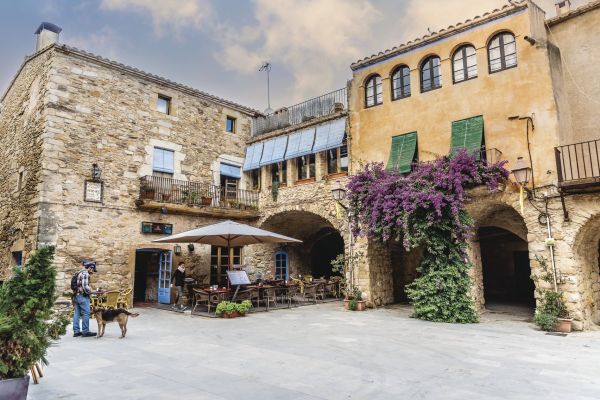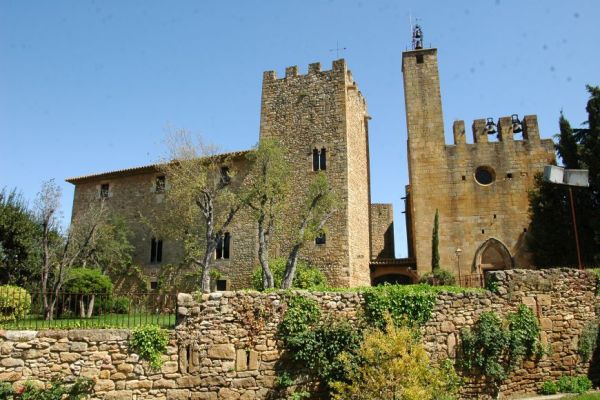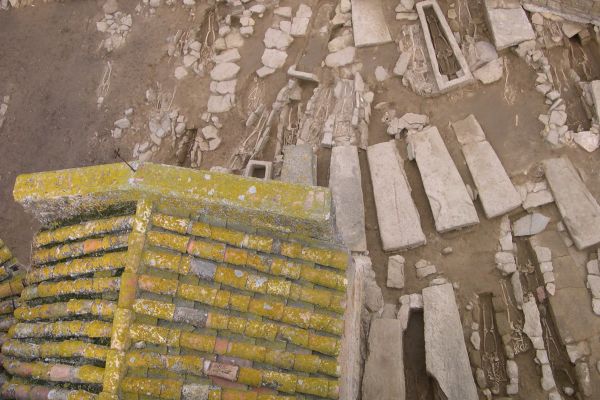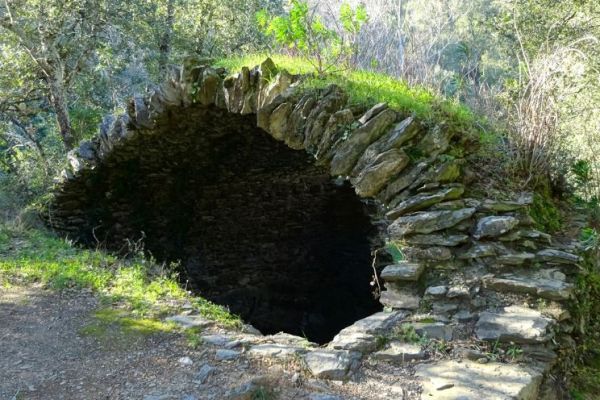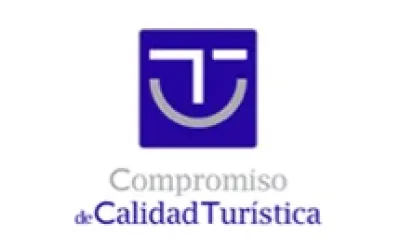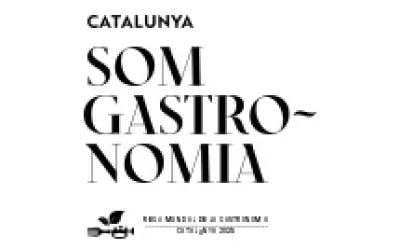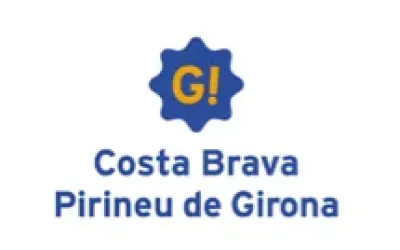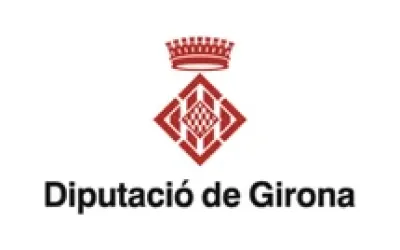In addition to the historical and heritage value of the megalithic tombs and the church of Santa Coloma, Fitor, offers an unbeatable setting for the practice of activities related to active tourism: Cycling, mountain biking or hiking. Fitor is a special place, especially for those seeking tranquillity.

The church of Santa Coloma is one of the jewels of the Gavarres massif and without a doubt the most symbolic element of Fitor.
It is a Romanesque church, which stands majestic on a small plain that appears in the ridge formed by Puig d'Arriells and Puig Gros. The most singular and characteristic element of the building is its great bell tower, visible from most of the massif. It has a rectangular floor plan, with openings on all the three floors and a pyramidal roof covering four slopes. The openings on the upper floor are twin windows, with rounded arches, circular crossbones and trapezoidal capitals. This floor, which has been re-created, differs from the lower one, in terms of the era and constructive technique. Its vertical wall is made from sealed and polished ashlars with calcareous stone of regular dimensions, without oversized pieces on the edges. The Lombard influence of Catalan Romanesque is presented in the decoration of the windows on the upper floor of the bell tower, with an arcade frieze. Together with the rectory and the cemetery, it forms a small group.
In Fitor we can also find the densest dolmen village in the Gavarres area, and one of the main ones in Catalonia. The megaliths of the Gavarres were built at different times between 3400 and 2000 before Christ. Twenty-one have been counted in the whole of the massif, but Fitor is where more have been located.

A significant number of these funerary constructions are still in a good state of preservation, made with large stone slabs, which show a good part of their original structure. At the end of Fitor there are fifteen dolmens, a menhir and several sacrifice stones. The best known are in the Serra de Cals, where the dolmen of Tres Peus, Tres Caires and the Serra de Calçó, are very well preserved, from which there are spectacular views of the Gavarres massif.
Dolmens were collective sepulchral enclosures designed to protect the bodies, located in elevated and dominant points, on the summits of hills or in well visible places. It has been proven that they were built with the intention that sunlight could reach the interior of the room, at least during the winter and summer solstices.
E-ROUTE 1: THE DOLMENS OF FITOR
A very easy circular route, ideal for small children or people with reduced mobility (not suitable for wheelchairs in the final section). This route of 1.62 km (45 minutes) and with an unevenness of 72 meters, allows us to visit the church of Santa Coloma de Fitor, the Mas Puig and the dolmen and the insculptures of the Llobinar.
Some good views can be enjoyed of the bell tower of Fitor with the Montgrí behind and the walk goes, to begin with, by the Camí Ral that linked the towns of Palamós and Girona. This route runs to a large extent through the land of Mas Joanola de Ramón Botey i Serra, please respect it.
The proposed itinerary leaves from Fitor, where the concentration of dolmens is the largest in the Baix Empordà. By car you can access it by following the wide forest trails that start from Mont-ras and Fonteta. To access Fitor on foot there is the PR-C 105 that allows you to reach it from Mont-ras and from Palamós, and there is also the PR-C from Fonteta. This route is part of the Baix Empordà hiking network, signalled within the framework of the Tourism Excellence Plan managed by the Baix Empordà Tourist Commission.
E-ROUTE 2: DOLMENS ROUTE OF THE SERRA D’EN CALS
This is a circular route of moderate difficulty,10.38 km long, with a duration of 4 hours that runs through the Serra d'en Cals and the Serra Mitjana. With this route you can discover a great variety of megalithic presence in the northern part of the Gavarres with 10 megalithic monuments.
The proposed itinerary leaves from Fitor, where the concentration of dolmens is the largest in the Baix Empordà. By car you can access it by following the wide forest trails that start from Mont-ras and Fonteta. To access Fitor on foot there is the PR-C 105 that allows you to reach it from Mont-ras and from Palamós, and there is also the PR-C from Fonteta. This route is part of the Baix Empordà hiking network, signalled within the framework of the Tourism Excellence Plan managed by the Baix Empordà Tourist Commission.

The route can be gently done in one morning, stopping to enjoy the surroundings and it is especially designed so that you can enter the natural environment and the history of the Gavarres, specifically in its prehistoric era.



